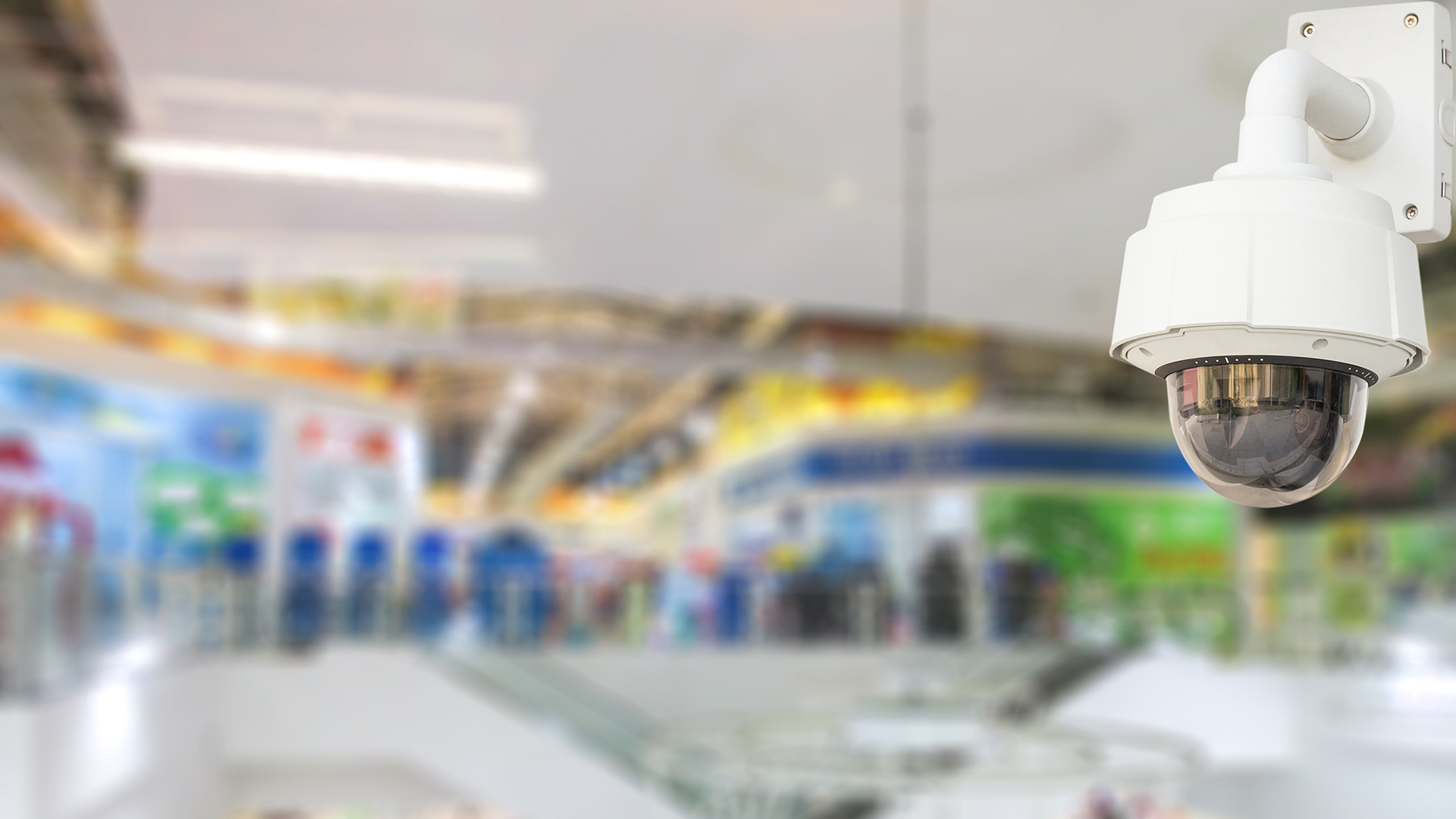[ad_1]

On September 20, San Francisco city leaders voted to grant police access to live feeds from private surveillance cameras in a new pilot program aimed to equip law enforcement with more intelligence to fight crime.
Supervisors approved the controversial pilot program in a 7–4 vote after it was requested by Mayor London Breed to combat retail theft, drug dealing and other crimes affecting the city.
The program will have a duration of 15 months, during which time the city and police will assess its efficacy.
Under the program, police must first obtain permission from businesses or homeowners to gain access to real-time monitoring. If denied, police must then obtain a warrant. Police are also limited to up to 24 hours of video access per session.
The program also limits the police department’s access to surveillance video for special circumstances, such as life-threatening emergencies, large- or high-profile events with public safety concerns or criminal investigations.
San Francisco P.D. Chief Bill Scott hopes the program will allow police to target specific criminals.
“If we could tap into that information, we could be more efficient, more effective and more surgical in terms of the people who are involved in activity, making sure we address those people and not others who are not involved in that activity,” Scott said, per KTVU.
The decision, which was largely supported by merchants and residents, drew the ire of civil rights and privacy advocates.
“I oppose SFPD video surveillance policy because it will violate privacy rights and fuel racial profiling, and am disappointed with its passage,” Public Defender of San Francisco Mano Raju tweeted.
The San Francisco–based nonprofit Electronic Frontier Foundation also voiced its concern over the new program, saying it is “concerned about what this could mean for the rights of people in the LGBTQ community, communities of color and religious minorities. And people … engaged in lawful protest.”
Supervisor Aaron Peskin, a privacy advocate who passed legislation in 2019 banning police from using facial recognition software, supported the new initiative and assured that the board negotiated safeguards such as reporting requirements.
Indeed, police are required to submit quarterly reports to the city to track the program’s progress and evaluate its impact on public safety.
“I realized that is anathema to some. I am willing to give it a try,” Peskin said, reported KTVU.
San Francisco is desperate for law and order after numerous videos of rampant shoplifting, vicious attacks on Asian American seniors and other crimes have surfaced on the internet.
According to the San Francisco P.D.’s crime dashboard, total crime has increased by just over 8% in 2022 compared to the same time period last year. The majority of that increase is due to larceny theft, which make up a staggering 24,270 incidents.
To exacerbate matters further, supervisors say the police department is stretched thin.
“The San Francisco Police Department does not have enough police officers to monitor crime in real time. We just don’t,” Supervisor Catherine Stefani said, reports KABC-TV. “For me, it expands what our officers can do to keep our community safe.”
Mayor Breed noted that live surveillance would allow the police “to respond to the challenges presented by organized criminal activity, homicides, gun violence,” as well as officer misconduct.
[ad_2]




